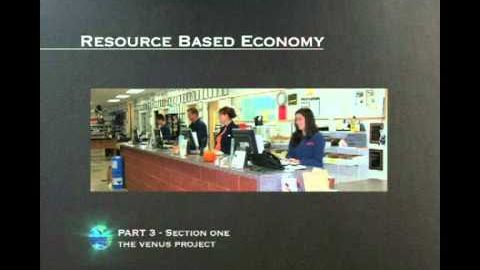ツァイトガイスト運動:オリエンテーション・プレゼンテーション (The Zeitgeist Movement: Orientation Presentation)
Benjamin Shih が 2021 年 01 月 14 日 に投稿  この条件に一致する単語はありません
この条件に一致する単語はありませんUS /ˈkɑnstəntlɪ/
・
UK /ˈkɒnstəntli/
US /ˈrɛləvənt/
・
UK /ˈreləvənt/
US /məˈtɪriəl/
・
UK /məˈtɪəriəl/
- n. (c./u.)衣料;原材料;原料
- adj.関連な,重要な;世俗的な : 物質的な : 物質でできた
US /dɪˈlɪbərɪt/
・
UK /dɪ'lɪbərət/
- adj.事前によく考えた;意図的な;慎重な
- v.t./i.審議する
エネルギーを使用
すべての単語を解除
発音・解説・フィルター機能を解除

